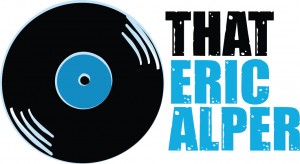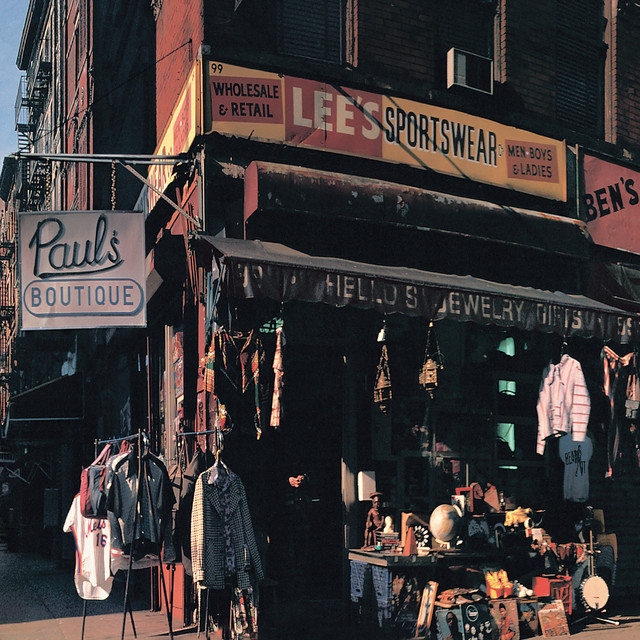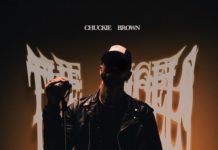Some albums change music. Paul’s Boutique rewrote the rulebook. Released on July 25, 1989, the Beastie Boys’ sophomore album was dismissed at first, only to be hailed as a hip-hop masterpiece in the decades that followed. The album, produced by the Dust Brothers, is a sample-driven odyssey, pulling from rock, funk, jazz, soul, and everything in between. Despite its initial commercial struggle, it has since been described as hip-hop’s Sgt. Pepper—a record so dense, experimental, and sonically rich that new layers emerge with every listen.
Here are five little-known facts about Paul’s Boutique that prove why this album is a landmark in music history.
1. It Was One of the Last Sample-Heavy Albums Before the Industry Cracked Down
Hip-hop’s golden age of sampling was in full swing in the late ‘80s, but everything changed after 1991. Why? A lawsuit against Biz Markie (for unauthorized sampling of Gilbert O’Sullivan’s “Alone Again (Naturally)”) set a legal precedent, making sampling far more expensive and legally complex.
But in 1989, the Beastie Boys and the Dust Brothers had a free-for-all, stacking an unbelievable 105 different samples across the album. Tracks like “Shake Your Rump” and “B-Boy Bouillabaisse” are a collage of pop culture, from Curtis Mayfield to Pink Floyd. Today, clearing that many samples would be nearly impossible—making Paul’s Boutique a product of its time that could never be duplicated.
2. The Album Was Originally Supposed to Be an Instrumental Release
The Dust Brothers, known for their innovative production, originally envisioned the album as a pure instrumental project. Their beats were a seamless, layered tapestry of funk basslines, old-school drum breaks, and psychedelic guitar licks.
When the Beastie Boys heard the beats, they insisted on rapping over them. The producers were skeptical, worried the vocals would overcrowd the already-dense music. But the collision of styles resulted in a groundbreaking hip-hop album that mixed the duo’s original vision with the Beastie Boys’ chaotic and witty lyricism.
Without the Beasties’ decision to jump in, Paul’s Boutique could have been one of hip-hop’s greatest instrumental albums instead of one of its greatest full-length masterpieces.
3. It Was Recorded in an Apartment, Not a Traditional Studio
While some tracks were mixed at Record Plant Studios, most of Paul’s Boutique was recorded in Matt Dike’s apartment in Los Angeles. The cramped, low-budget setting added to the album’s raw, DIY aesthetic.
The Beastie Boys turned the apartment into a makeshift studio, writing lyrics in a haze of creativity, parties, and a whole lot of inspiration. The track “A Year and a Day” was even recorded in Adam Yauch’s own Koreatown apartment, humorously credited in the album liner notes as “The Opium Den.”
This unconventional approach gave Paul’s Boutique an authentic, lo-fi energy that studio perfection could never have replicated.
4. The Album Cover Features a Fake Storefront That Fans Thought Was Real
The iconic album cover is a panoramic photo of Ludlow Street, credited to Nathanial Hörnblowér but actually taken by Jeremy Shatan, the Beastie Boys’ original bassist.
The storefront featured in the image was not a real shop—the group simply hung a sign reading “Paul’s Boutique” over an existing clothing store called Lee’s Sportswear in Manhattan’s Lower East Side. The gritty urban landscape perfectly matched the album’s underground, rebellious spirit.
For years, fans searched for “Paul’s Boutique” in New York, believing it was an actual record store. Instead, it was an early example of the Beastie Boys’ humor and artistic vision at work.
5. “What Comes Around” May Contain a Hidden Beatles Sample
The track “What Comes Around” has long been rumored to contain a secret sample of The Beatles’ “Sgt. Pepper’s Lonely Hearts Club Band”—though it has never been officially confirmed.
The theory stems from a quick burst of sound buried deep in the mix, resembling the signature horns from the 1967 classic. Given that the Beatles are notoriously strict about sample clearance, the idea that Paul’s Boutique might have snuck one in unnoticed makes it even more legendary.
Whether intentional or not, the possibility only adds to the album’s mystique, proving once again that Paul’s Boutique remains one of the most intricately crafted hip-hop records of all time.
When Paul’s Boutique dropped in 1989, critics and fans were confused. The Beastie Boys had gone from frat-boy rappers on Licensed to Ill to experimental hip-hop pioneers, and the shift was jarring.
But time has proven that this album was ahead of its time. It redefined hip-hop, changed the way we think about sampling, and showcased the Beastie Boys at their creative peak.
Thirty-five years later, Paul’s Boutique still sounds like the future of music—which is exactly what makes it so legendary.







